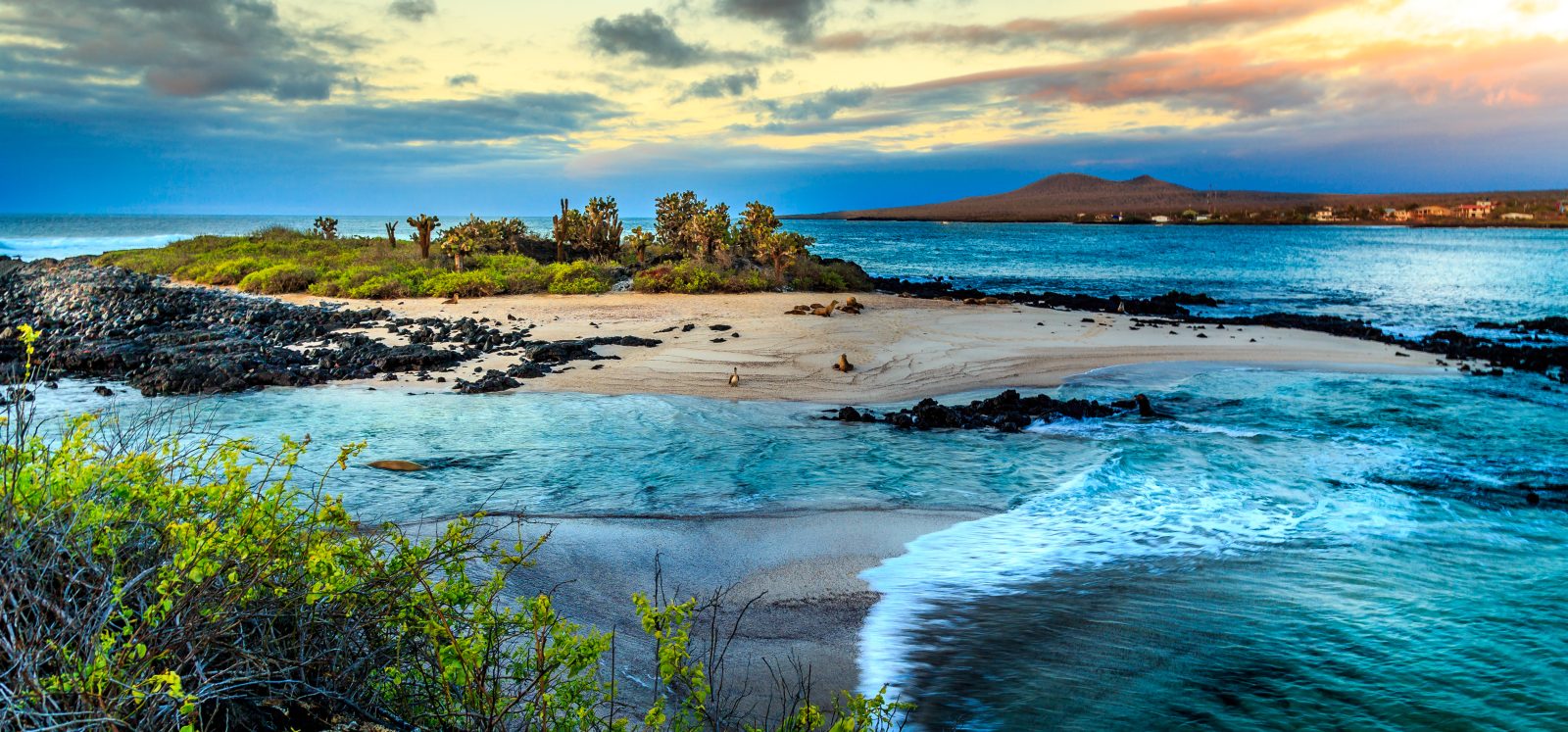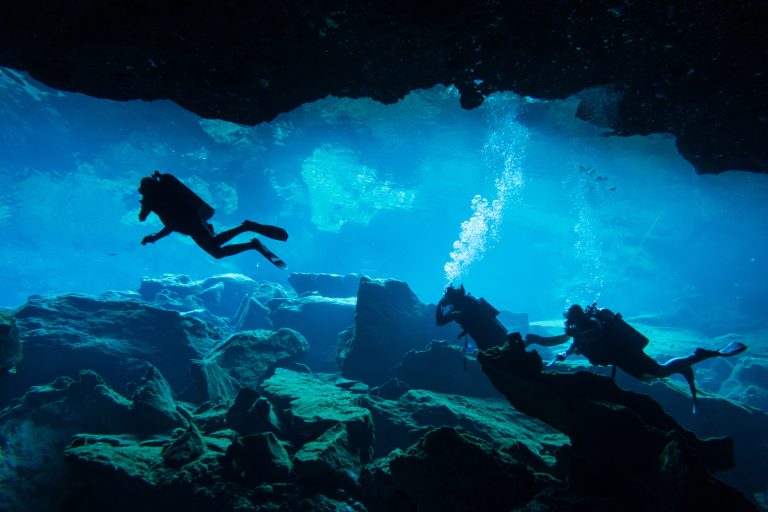Embark On An Underwater Adventure In Our Galapagos Itinerary
The unique ecosystem that helped Charles Darwin solidify his theory of evolution - this island archipelago has been studied by naturalists for nearly two centuries now.
The unique ecosystem that helped Charles Darwin solidify his theory of evolution - this island archipelago has been studied by naturalists for nearly two centuries now.



Depending on your vessel, it takes around three days to sail from the coast of Ecuador to the Galapagos Islands.

Spend this time reflecting and allowing the ocean to reveal its magic and natural beauty.

A continuation to your sail to the Galapagos.. Enjoy this time in the open ocean!

Start your experience on this easternmost island, where you can encounter sea lions and blue-footed boobies, explore volcanic rock formations, and dive into crystal clear waters teeming with tropical marine life.

This tiny island is a good stop off on the way to Santa Cruz. Santa Fe is known for exotic birds, as well as several species found nowhere else, including a land iguana, mockingbird, rice rat and lizard – all named after the island itself.

This large, populated island is a chance to disembark and explore boutiques, restaurants and local social life. It’s also home to giant tortoises, turquoise swimming holes and other natural attractions.

The sprawling island of Isabela offers so much to explore, including active volcanoes, vast lava fields and many animals you won’t find anywhere else on earth, including native giant tortoises, Galapagos penguins and flightless cormorants.

When you feel like you’ve had your fill of the Galapagos, set sail back to Ecuador or chart a course for somewhere new. The west coast of Costa Rica is 800 miles northeast, or you can slip through the Panama Canal on your way to Cartagena, then carry on to the Caribbean. Freedom to explore the globe. Isn’t that what yachting is all about?







